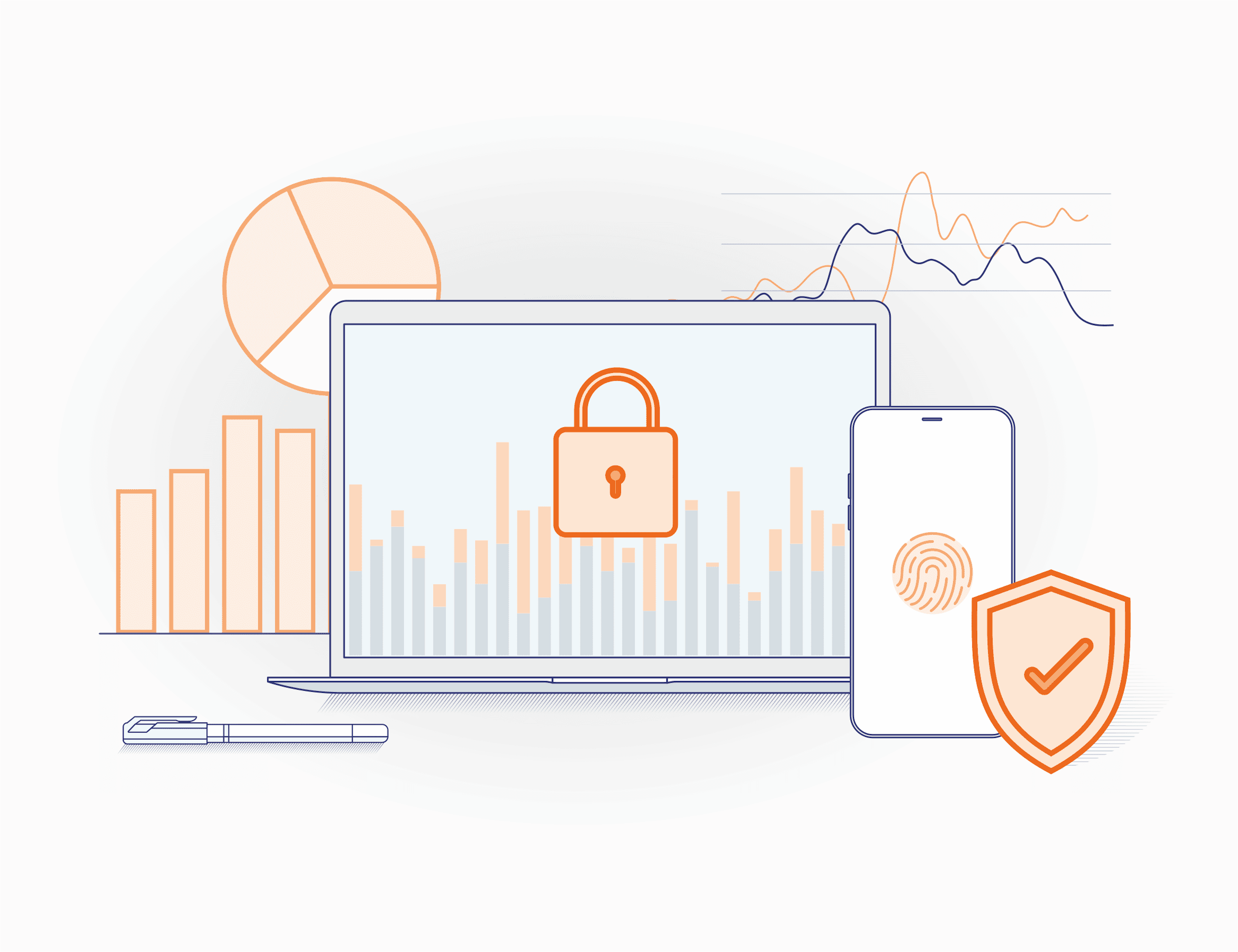Top 6 Fraud Trends that Affected Online Businesses in 2024


Fraud continues to pose a serious challenge for businesses worldwide. In 2024, nearly 60% of financial institutions, including banks, fintechs, and credit unions, reported losing over $500,000 each in direct fraud losses.
More than a quarter of these organizations faced losses exceeding $1 million per company. Beyond these figures, indirect costs such as investigation expenses, customer attrition, and reputational damage compounded the financial burden.
Fraud affects both businesses and customers alike. Over the past year, two-thirds of organizations experienced an increase in fraud targeting consumer accounts, while just over half saw a rise in fraud attempts on business accounts.
These trends highlight the growing sophistication and frequency of fraud tactics. It results in the need for a stronger focus on fraud prevention.
Among various threats, Authorized Push Payment (APP) fraud emerged as the leading type of fraud globally.
Enabled by advancements in AI, fraudsters executed highly sophisticated social engineering scams, manipulating individuals into authorizing payments to fraudulent accounts.
APP fraud accounted for 22% of reported cases, making it the most prevalent fraud type by case volume. However, businesses also faced other significant fraud trends throughout the year.
Phone scammers rely on social engineering to deceive victims into revealing personal or financial information.
Impersonating bank officials or government representatives, these fraudsters exploit public trust and the vast amount of personal data available online.
Access to personal information through social media and online databases allows scammers to craft convincing narratives, making their tactics highly effective. This fact makes them hard to detect.
This type of fraud saw a significant 24% rise in 2024. Account takeover occurs when criminals gain unauthorized access to user accounts by stealing login credentials through phishing, malware, or social engineering tactics.
Weak passwords and advancements in phishing and malware techniques make it easier for fraudsters to compromise accounts.
Synthetic identity fraud affected 1 of 3 users in 2024 resulting in average $1,600 loss per victim.
It involves creating fake identities using a combination of real and fabricated information to open new accounts or exploit existing ones.
Traditional authentication methods often fail to detect synthetic identities, making this approach appealing to fraudsters.
Application fraud involves providing false information on financial applications to secure loans, credit, or benefits illegitimately.
Fraudsters are drawn to application fraud due to its potential for significant financial gain.
A2P fraud involves using applications to send malicious messages, such as phishing attempts or malware, to mobile devices.
The widespread use of mobile devices and applications creates numerous opportunities for fraudsters to exploit vulnerabilities.
In 2024, data breaches reached 422 million of records. This type of fraud occurs when unauthorized individuals gain access to sensitive information, such as personal data or business secrets, through hacking or other means.
The interconnectedness of systems and the availability of data on black markets increase the risk of breaches.
The fraud landscape in 2024 underscores the importance of proactive measures to safeguard businesses and customers. By staying informed about evolving fraud tactics and implementing robust prevention strategies, organizations can reduce risks and protect their assets effectively.
The main fraud trends include Authorized Push Payment (APP) fraud, phone scams, account takeover fraud, synthetic identity theft, application fraud, Application-to-Person (A2P) fraud, and data breaches.
APP fraud thrives due to advancements in AI, enabling fraudsters to execute sophisticated social engineering scams. It accounts for 22% of reported fraud cases globally.
Key strategies include implementing multi-factor authentication, monitoring account activity for irregularities, educating users about phishing risks, and deploying anomaly detection systems.
Organizations should enforce strict safety protocols, conduct regular system audits, use intrusion detection systems, and train employees to safeguard sensitive information.
Get a live session with our specialist who will show how your business can detect fraud attempts in real time.
Learn how unique device fingerprints help you link returning users and separate real customers from fraudsters.
Get insights into the main fraud tactics targeting your market — and see how to block them.
Phone:+971 50 371 9151
Email:sales@juicyscore.ai
Our dedicated experts will reach out to you promptly